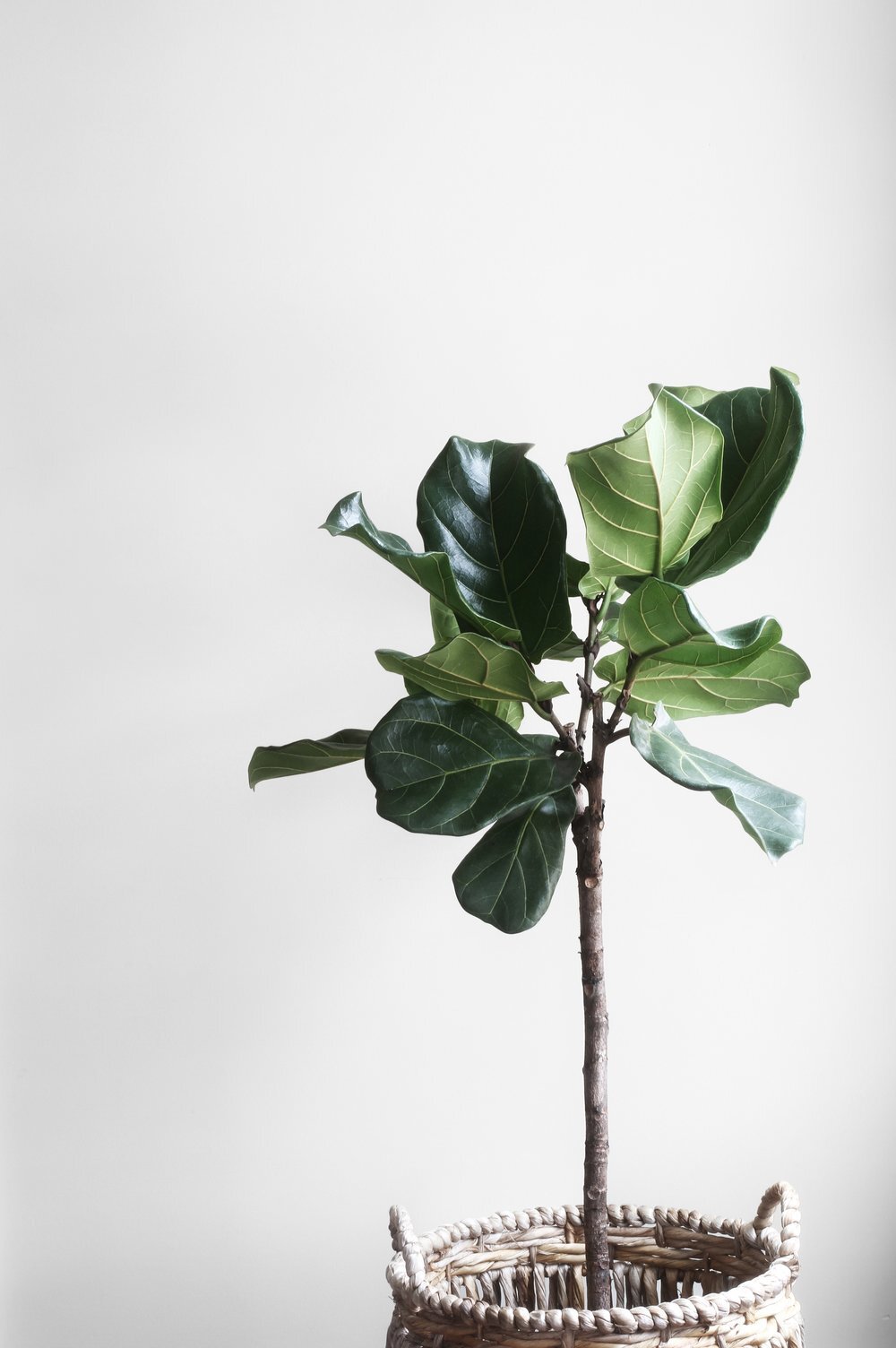Ten Golden Rules of Growing Houseplants
By: Amelia Keener
Zamioculcas zamiifolia
Houseplants are something that we get a lot of questions about here at Lanier Nursery and Gardens. They can brighten up any indoor space and bring a little bit of nature into your home. They can sometimes be tricky, but don’t worry, we have some golden rules to help you get your houseplants growing and happy. You can find out even more about houseplants in Dr. D. G. Hessayon’s book, Houseplant Expert. He breaks down many different types of houseplants. Be sure to check it out!
So here’s our best advice to get you started on growing houseplants!
Ten Golden Rules
1. Don’t overwater
A plant’s roots need both water and air. So, it’s important to let the soil dry out a bit in order to let the air get down to the roots. Don’t keep the compost soaked at all times as this will cause the roots to rot. Succulents and desert cacti do need some water, but they prefer drier conditions, especially in the winter. Very few plants need to be wet at all times. One that does like a lot of moisture is Acorus, as it can grow in boggy areas in the wild.
How do you water? Just use a simple watering can! Make sure the water goes on the soil, not on the plant’s leaves. Water sitting on leaves can cause diseases, especially with plants with fuzzy leaves. Very few plants need heavy water on leaves.
If there’s a tray underneath to catch excess water, empty it out. Use it as protection for your floors and table, but don’t let it hold water for too long. It will rot the roots because the soil will suck up the water.
A great way to water is by the immersion or sink method. All you have to do is fill up a sink with water and place the plant in it and let it wick up the water. Another great way is to water plants in a bathtub and let them drain before returning them to their spots. Excess water will go down the drain. Your furniture will be safe and your plants will be happy!
When should you water? There are three conditions that determine that:
The plant - certain plants require certain amounts of moisture
Time of year - plants don’t need as much water in the winter because growth slows down, and they need extra in the spring when they’re growing a lot
Environment - Humidity and temperature affect how much water the plant will need
You can tell if the plant needs water by simply sticking your finger into the pot. If it feels moist a couple of inches down, it’s okay and doesn’t need water. If it feels dry all the way down there, then water it.
Underwatering can be just as bad as overwatering. Research the specific plant to see how much it needs. Here are some danger signs of too little water:
Fittonia albivenis
limp or wilted leaves
no new growth
faded flowers
leaves falling off
lower leaves curled and yellow
crunchy leaves
Ficus lyrata
And here are the danger signs of too much water:
will look like it needs water
wilted, limp leaves
leaves are rotten and soft
poor growth
curled and yellow leaves with brown tips
moldy flowers
falling leaves
brown and mushy roots
2. Give them a rest
All plants need rest in the winter so they can put their energy into growing in the spring. They need less water, less feeding, and less heat. This is specific for different types of plants.
3. Accept the fact that some plants are going to die
Some plants that are grown indoors have a short lifespan. Plants that flower don’t last very long. You didn’t do anything wrong, so just enjoy them while they last.
4. Give them extra humidity
The air inside can be very dry, which is not ideal for most houseplants. The winter is as dry as desert air inside. Tropical jungle plants are not used to this. The best humidity level for your plant is somewhere above 30%, but you don’t have to sit in sweltering heat for the sake of your plants. There are ways to raise the humidity just around them.
Epipremnum aureum
Here are some ways to increase humidity:
Misting
This helps increase humidity without getting moisture everywhere. Try to mist every morning or every other morning for best results. All you need is a clean spray bottle! And be sure to let the moisture dry off before nighttime so diseases can’t grow.
Group plants together
They’ll look great and will give moisture off to each other, keeping each other humid.
Double potting
Put the pot into another pot with soil in it. That increases humidity and creates a reservoir of water underneath. It also insulates the pot from any sudden changes in temperature.
5. Treat trouble promptly
Trouble will come, no matter how much of a green thumb you have. If you see an issue, such as bugs or diseases, treat it immediately. If you wait, it could spread and become incurable. Learn to recognize early signs of trouble; you should be able to see insects or signs of them. Spots on leaves, yellowing leaves, and drying out on tips and edges are signs of diseases or watering/humidity issues. Once you see a problem, do something promptly. It helps to check them once or twice a week.
6. Group plants together
This makes houseplants look better and grow better. You can group pots together. Contrasting shapes, colors, leaves, and textures will create a beautiful display. You can use a tray with pebbles and place small pots on the tray. The moisture in the pebbles will keep the plants humid. Other ideas include hanging baskets, a miniature garden with small houseplants or succulents, a viny plant that will trail or climb that can create a screen, or a terrarium. Have fun experimenting with what looks best in your home!
7. Learn to repot
Most plants will look sick after a year or two in the same pot. They need more room to grow. If it’s rootbound, the stem and leaf growth is slow, and the soil drys out very quickly. There’s practically more root than soil! You might even see roots growing through the pot. So you’ll need to get bigger pots every year or so to replant your houseplants in. If the roots are forming a circle, you can snip them a little bit to encourage growth. Your plant will be much happier in its new, bigger pot.
8. Choose plants wisely
Even if you’re an expert, you cant make a shade-loving plant grow in a sunny window. Houses have a lot more shade than outside. Check during the summer and see how long the sun is in the spot you want to put the plant in. This will give you a good idea of the light requirements there. The plant must be able to flourish in your home.
Codiaeum variegatum
9. Have the proper tools
There are several tools that you’ll need to have a happy indoor garden:
Watering can - with a long narrow spout to reach the soil
Mister or spray bottle - this will help reduce dust too; foliage might get dusty and clog the pores so the plant can’t receive as much sun
Brand of compost - find one suitable for the plants you want to grow
Pots - you can get really creative here
Trays - to save your furniture and floors
Pest killer - to treat plants promptly
Stakes - for vining plants
Strings - for tying plants to stakes
Pruning shears - to trim things back and make them bushy
10. Check the plant’s specific needs
Every plant is different and has its own requirements, so research your plants and get the best ones for your home!
Senecio rowleyanus
There are tons of resources out there, books, blogs, the internet, etc., that you can use to learn even more about how to take care of houseplants. A little research can go a long way! Happy indoor gardening!







